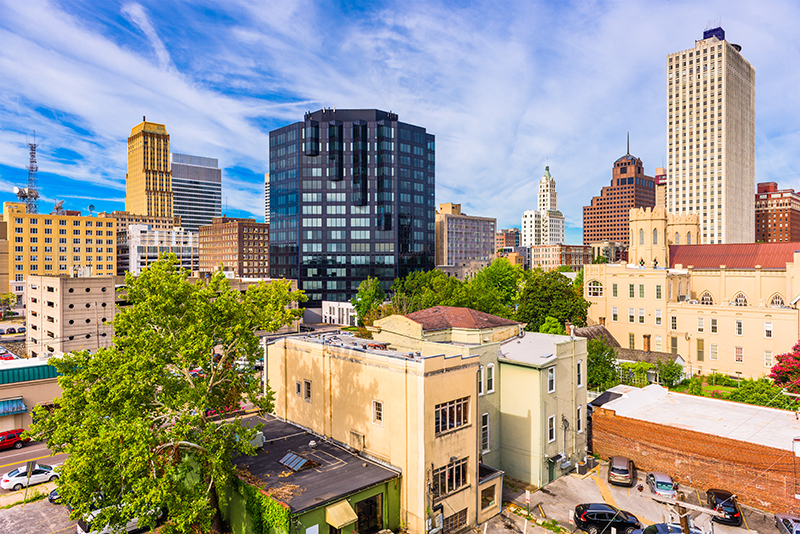Medium-Sized Metros Remain Top Draw for Millennial Renters

- Medium-sized metros remain attractive to millennials across multifamily properties.
- Within small multifamily, metros seeing significant growth in the millennial population include key government and technology centers.
- Millennial share growth patterns are similar in large multifamily.
Top Metros for Millennials in Small Multifamily
As discussed in our recent blog, Gen Z is emerging as a source of multifamily demand. However, millennial renters still dominate the market. In fact, the millennial share of the adult rental population is nearly equal to all other age groups combined.
Increases in the millennial population, however, vary across metros. Smaller markets with a strong job market and affordable rental options are attracting millennials seeking more space and the lifestyle amenities of an urban environment.
For small multifamily, the share of millennial renters declined by about 2% between 2016 and 2018, according to the latest American Community Survey. This trend is partly due to the emergence of Gen Z renters.
Looking across the top 50 U.S. metros, seven of the 10 markets with the most growth in millennials in small multifamily were medium-sized metros. These cities included Memphis, Providence, Tampa, Kansas City, Milwaukee, Louisville and Hartford. The larger cities on this list included Washington, D.C., Boston and San Francisco, which are centers for government, university and technology. They also offer relatively higher wages.
Millennial Renters in Large Multifamily
In large multifamily properties, millennial share increases followed a similar pattern to small multifamily. However, a wider variety of markets saw growth in their millennial populations.
Millennial renter shares grew 0.3% nationally between 2016 and 2018. The top five cities for growth, however, had higher share gains from 8% to 12%.
The top 10 markets for millennial gains in large apartment properties included medium-sized metros like Orlando, Kansas City, Columbus, St. Louis and Portland. Larger urban centers on the list were Boston, Seattle and San Francisco.
New York, Los Angeles, Chicago, Dallas and Houston, the five largest U.S. metros, all show relatively low levels of millennial increases in large multifamily. These trends reflect the effects of housing costs rising faster than wages for a long period.
For more multifamily trends and insights, visit the Chatter blog. Need multifamily financing? Contact Arbor today to see how our array of loan programs can help you achieve your investment goals.
Note: All data is sourced from the American Community Survey (ACS), unless otherwise stated. ACS statistics are sample-based estimates of the compositional profile of the total population in the given year of data collection, and include a margin of error. Small multifamily, based on the ACS data, is defined as structures with 5 to 49 units.

